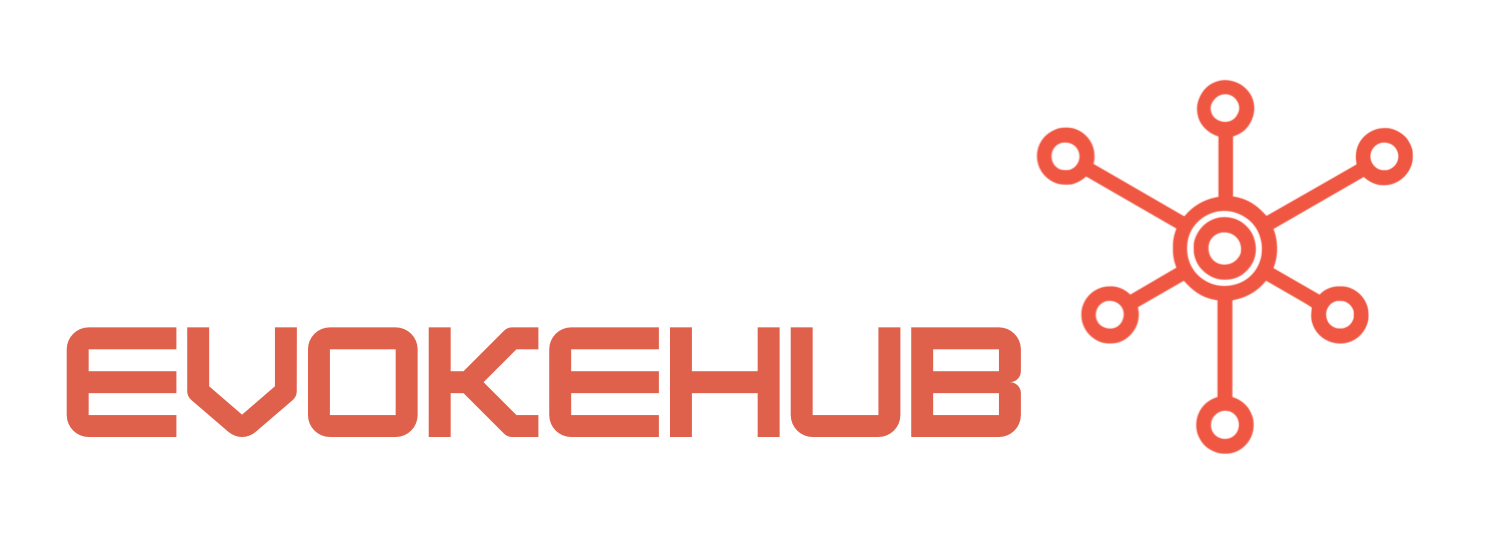Comprehensive Comparison of Vercel AI SDK and Competitors
The Vercel AI SDK is designed with a focus on front-end performance, making it particularly appealing for developers invested in building high-speed web applications. It seamlessly integrates with Vercel’s deployment platform, providing an optimized experience for serverless functions and edge computing. In contrast, other popular frameworks, such as TensorFlow and PyTorch, excel in extensive machine learning capabilities but may require more complex setup and maintenance. This fundamental difference often means that while Vercel may offer less in terms of deep learning, it compensates with ease of use and rapid deployment.
When evaluating user experience, the Vercel AI SDK shines in its developer-friendly documentation and community support. Its API is straightforward, reducing the learning curve for new users. Competing frameworks like Hugging Face Transformers provide vast libraries of pre-trained models but may overwhelm newcomers with their complexity. Additionally, Vercel’s built-in analytics tools allow developers to monitor the performance of AI features in real-time, a functionality not always readily available in other frameworks. This can be particularly beneficial for businesses looking to optimize their applications based on user interactions.
Finally, scalability is a crucial factor in comparing these frameworks. Vercel’s serverless architecture allows for automatic scaling based on demand, making it an ideal choice for projects with fluctuating traffic. In contrast, frameworks like OpenAI’s GPT series offer powerful capabilities but may require more configuration to achieve similar scalability. As businesses grow, the agility offered by the Vercel AI SDK can lead to significant operational advantages, making it a compelling option for modern web applications.
Key Features and Performance Metrics of Leading AI Frameworks
The Vercel AI SDK is notable for its focus on real-time data processing and instant feedback, which can significantly enhance user engagement. For example, the SDK’s support for edge functions allows AI models to run closer to the user, reducing latency and improving response times. In performance benchmarks, Vercel often outperforms traditional frameworks in scenarios requiring quick interactions, making it ideal for applications where speed is a priority. This feature contrasts sharply with heavier frameworks that may prioritize accuracy over speed, leading to slower performance in real-world applications.
Another crucial element to consider is the adaptability of the Vercel AI SDK to various project requirements. It supports multiple programming languages and frameworks, thus providing developers with flexibility when integrating AI capabilities into existing applications. This adaptability is a significant advantage over competitors like TensorFlow, which primarily focuses on Python. Furthermore, Vercel’s commitment to staying updated with the latest trends in AI and web development ensures that users have access to cutting-edge features without the hassle of extensive migrations or updates.
Finally, one of the standout metrics for any AI framework is its community and ecosystem support. The Vercel AI SDK benefits from Vercel’s extensive ecosystem, which includes various plugins and integrations that enhance its capabilities. This ecosystem allows for a smoother development experience, especially when combined with popular tools like Next.js. On the other hand, while frameworks like PyTorch and TensorFlow boast large communities, they may not offer the same level of integrated support for web applications. This aspect emphasizes the importance of choosing a framework that not only meets technical requirements but also aligns with overall project goals.
In conclusion, while the Vercel AI SDK may not have the extensive capabilities of some traditional AI frameworks, its design and functionality cater specifically to developers focusing on performance, ease of integration, and scalability. The comprehensive comparison reveals that Vercel excels in user experience and real-time performance, making it a strong contender for web applications requiring AI capabilities. As developers evaluate their options, understanding these differences will help them choose the right framework that aligns with their specific needs and project objectives. For more detailed information on the Vercel AI SDK, you can visit Vercel AI Documentation.




